Educational Robotics Projects for Young Inventors
Getting Started: Tools, Kits, and Mindsets
Starter kits and safe workspaces
Begin with a sturdy entry-level robotics kit, painter’s tape for temporary fixes, fresh batteries, and a well-lit table. Safety glasses, clear rules, and labeled containers will keep tiny screws contained and confidence growing through every small victory.
Curiosity as the main power source
Invite questions like why does the wheel slip or how does the sensor see black tape. Encourage notes, sketches, and quick experiments. When children drive the inquiry, educational robotics becomes a personal adventure instead of a checklist.
Setting goals and celebrating progress
Define a simple goal such as make the robot move forward ten seconds, then celebrate meeting it. Track attempts in a project journal, snap photos of wiring, and share milestones to build momentum and community accountability.
Parts, wiring, and first movement
Gather an infrared sensor array, two geared motors, a motor driver board, and a microcontroller. Wire neatly, secure connections with zip ties, and test each motor independently before combining systems. Small steps prevent big frustrations later.
Calibrating sensors and tape tracks
Use a bold black tape line on white poster board. Read sensor values for light and dark, then set thresholds that match the room’s lighting. Adjust motor speeds so turns feel smooth rather than jerky or chaotic.
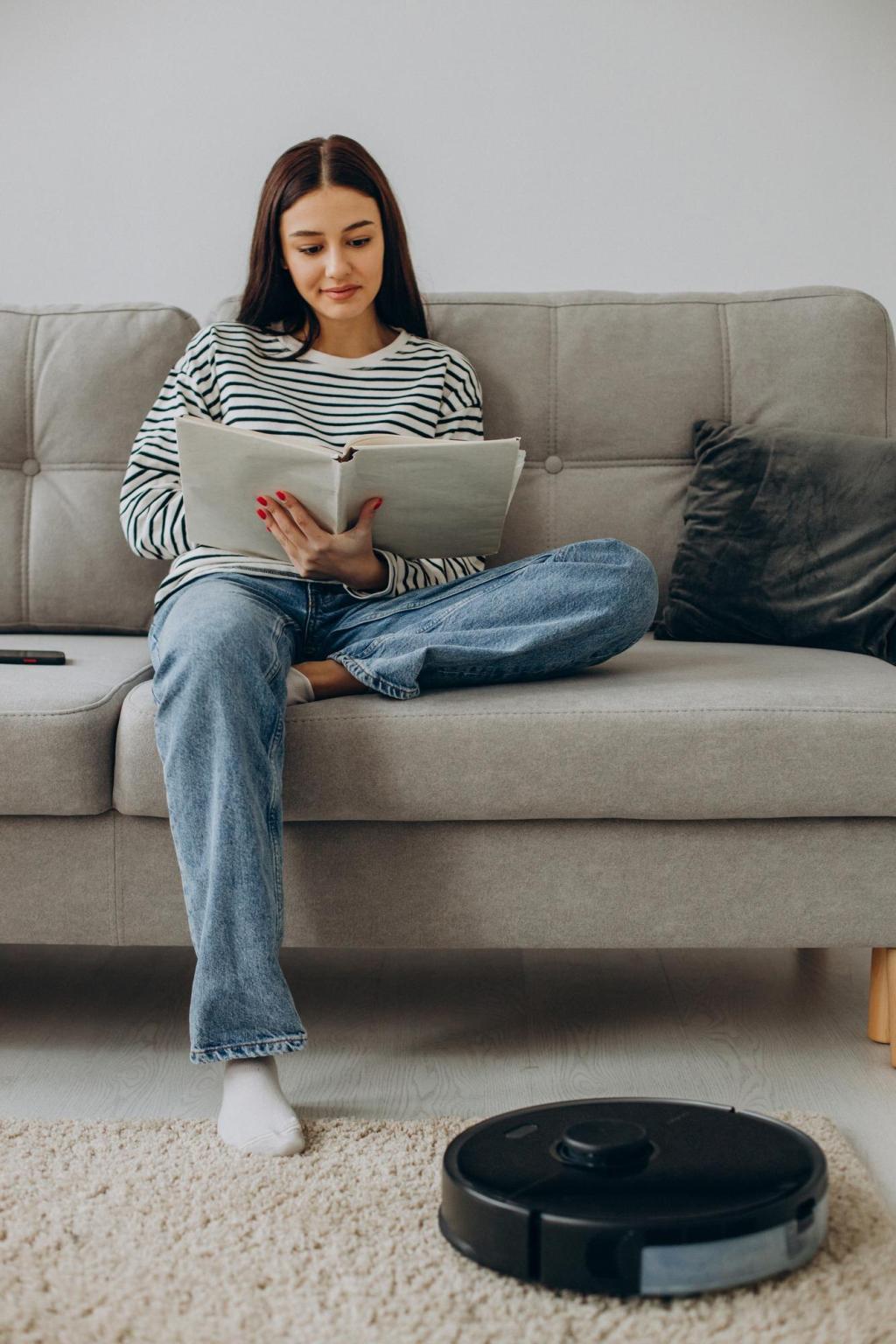
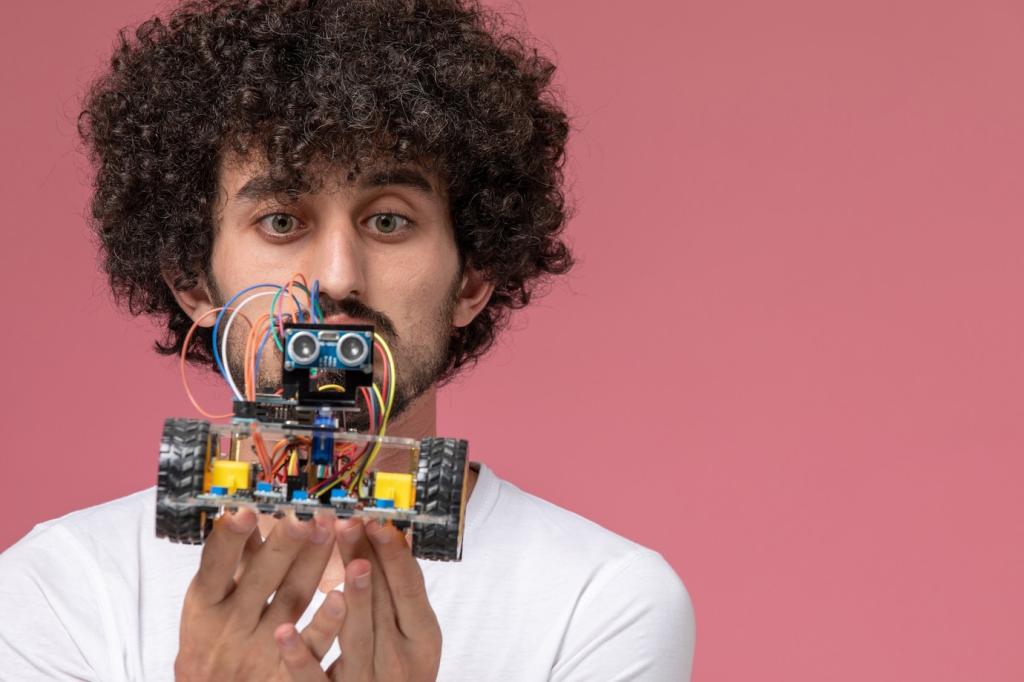
Coding Foundations: From Blocks to Python
Start with drag-and-drop environments where kids connect move, turn, and when sensor triggers blocks. They quickly understand flow, sequences, and conditions without getting stuck on punctuation, enabling fun iterations and fearless experimentation.
Coding Foundations: From Blocks to Python
Have learners write steps in plain language first: read sensors, decide left or right, adjust motor speeds. This habit bridges block logic to text coding and builds clarity that survives even the trickiest bugs later.
Understanding users and real needs
Ask who benefits from this robot and why. A hallway helper might guide visitors using lights and friendly sounds. When kids design for someone specific, their robots gain purpose, charm, and measurable success criteria worth pursuing.
Rapid prototyping with household materials
Cardboard, rubber bands, and paper clips can shape mounts and bumpers. Tape together quick ideas, then test immediately. In one workshop, Mia’s cardboard sensor hood blocked glare so well that accuracy doubled without buying any new parts.
Iterate, test, and document changes
Run short trials, change one variable, and record outcomes. Photos and sketches capture evolution over time. Invite comments from peers, ask for reactions, and subscribe for our printable iteration worksheet to keep improvements focused and fun.


Gears, ratios, and reliable motion
Explain how gear ratios trade speed for torque, helping robots climb small ramps or carry loads. Simple calculations with teeth counts make predictions testable, turning abstract numbers into satisfying real-world performance gains kids can feel.
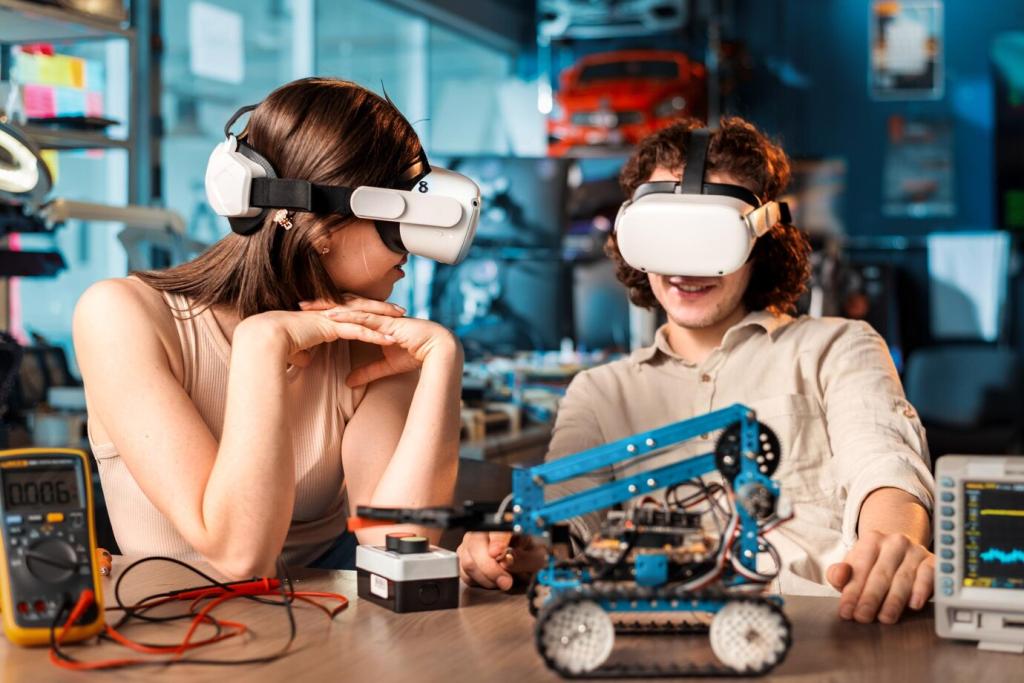
Light, reflection, and sensor thresholds
Infrared sensors read differences between dark and light surfaces. Demonstrate with flashlights and colored papers. Discuss ambient light interference and why shielding helps. Kids love discovering that science explains every twitchy turn and calm glide their robot makes.
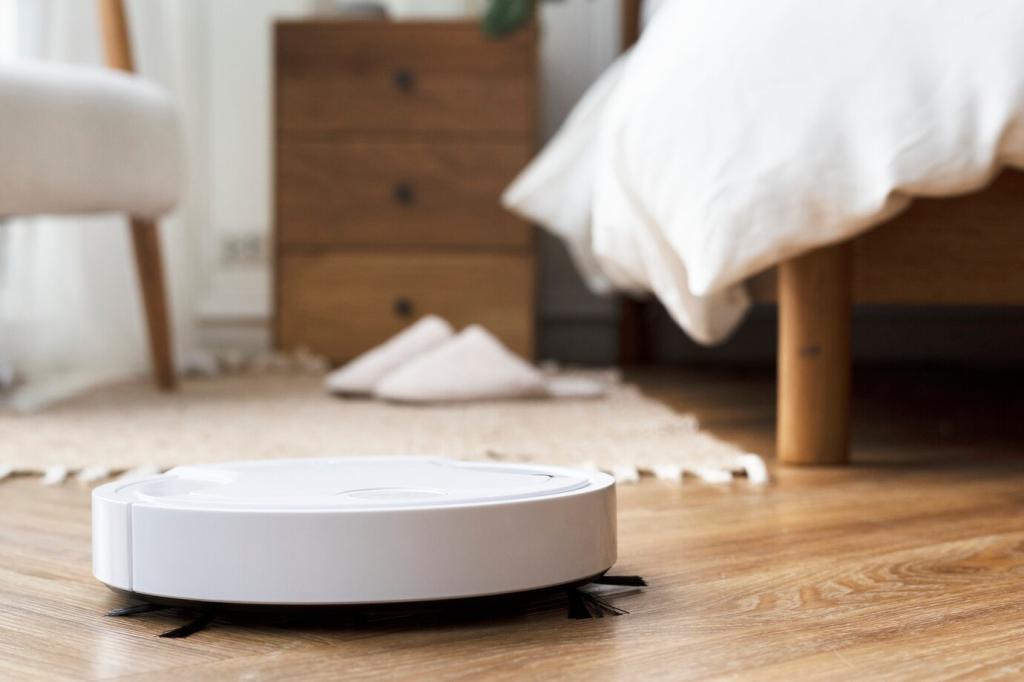
Data logging and meaningful graphs
Save time-stamped sensor values while driving a track. Plot graphs to spot noisy spikes or drifts. Ask learners to propose fixes, then retest. Invite them to post graphs in the comments so others can compare and learn together.
Collaboration at Home and in Class
Rotate responsibilities such as coder, builder, tester, and documenter. Each role grows different skills and empathy. Weekly reflections help teams discover strengths and plan smarter handoffs, reducing bottlenecks and boosting collective pride in progress.
Collaboration at Home and in Class
Invite parents to ask open questions rather than fix issues. Host a living room demo night, record short videos, and celebrate perseverance. When families cheer prototypes, young inventors find the courage to tackle tougher challenges with smiles.
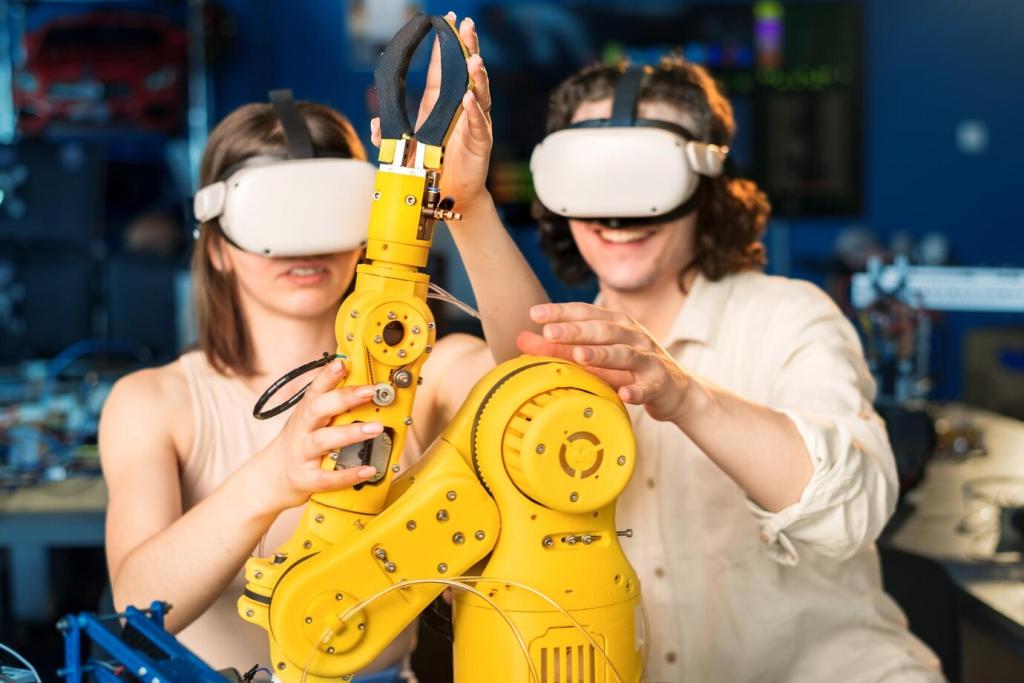
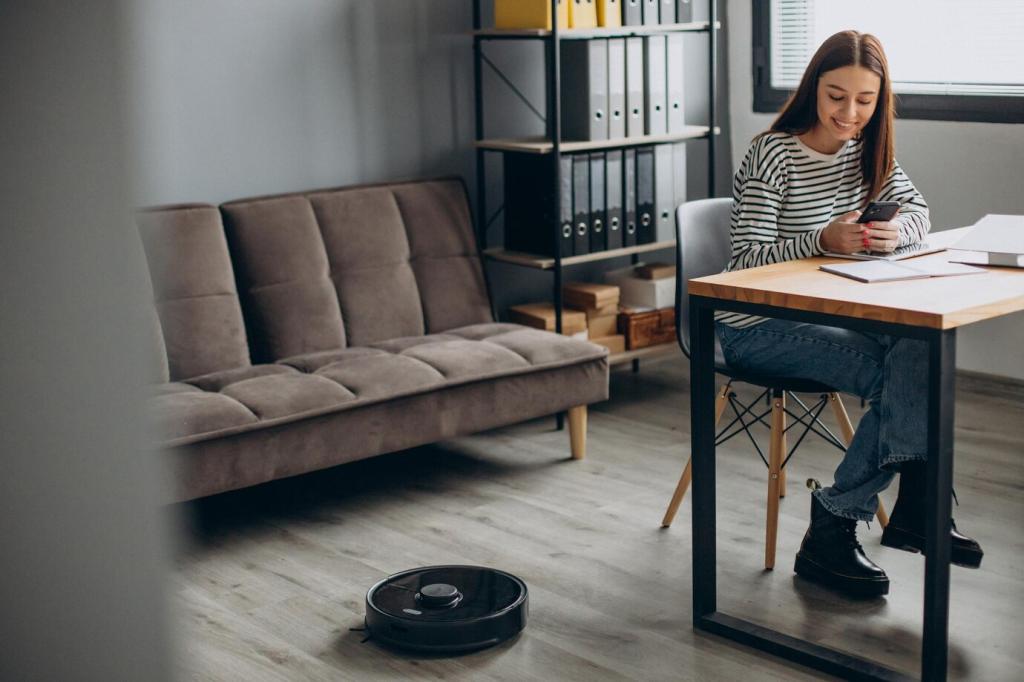
Showcases, Challenges, and Friendly Competitions
Preparing a confident demo
Create a reliable routine with a charged battery checklist, spare tape, and backup code on a USB drive. Rehearse an explanation focusing on problem, approach, and results. Invite the audience to ask questions and celebrate honest obstacles.


Storytelling through portfolios
Collect sketches, code snapshots, and photos of each iteration. Add captions describing decisions and trade-offs. A strong portfolio turns a small robot into a big narrative, perfect for school exhibitions and community maker fairs that welcome curiosity.
